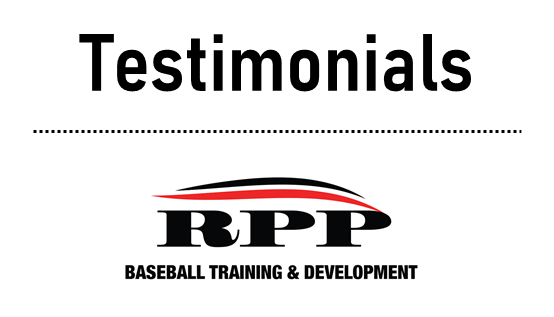The summer season can be a great opportunity for college baseball players to go off and play in various summer leagues throughout the country. Some of the top tier guys go to the Cape Cod League or other competitive leagues like the NECBL and Northwoods for an opportunity to play in front of pro scouts and elevate their draft stock. Younger guys may head off to smaller leagues where pitchers can get a ton of innings and hitters can get plenty of ABs to supplement those they might not have gotten in the spring. But for other guys, the “In-Betweeners,” the summer provides a different, maybe less conventional opportunity – a chance to pop open the hood and work on their game to return to school in the fall a more efficient athlete from both a hitting and strength standpoint. Continue reading “A Day (Week, and Month) in the Life of a College Hitter at RPP”
Testimonials
-
- Sean Hard – T95
- Brett Antolick – T94
- Brendan Lysik – T94
- Alex Kranzler – T93
- Thomas Santana – T93
- Michael Gillen – T92
- Aiden Dolinsky – T92
- Chase Barley – T90
- John Hacker – T90
- Reno Spagnoli – T90
- Jake Francis – T90
Where Mocap Can Help Fill the Gaps!

Most of you already know that while we are big believers in using data/tech, the human element should never be replaced, just simply “enhanced”. So let me start with this great quote by PT (and super smart guy) Bill Hartman:
Technology provides answers that are stored or calculated. It serves me. It is not creative or curious nor has the capacity to ask the important questions. Those qualities are purely human.
However, as I have said before there is great value to data, especially in areas where you can’t necessarily observe what’s happening during the delivery, but it can be measured. Today, we’re going to look at an example of the merging of the eyes and data. I decided to write this article after reading a recent thread posted by RPP Pitching Coordinator Justin Friedman. Continue reading “Where Mocap Can Help Fill the Gaps!”
How Can Poor Hip Mobility Impact Arm Health?
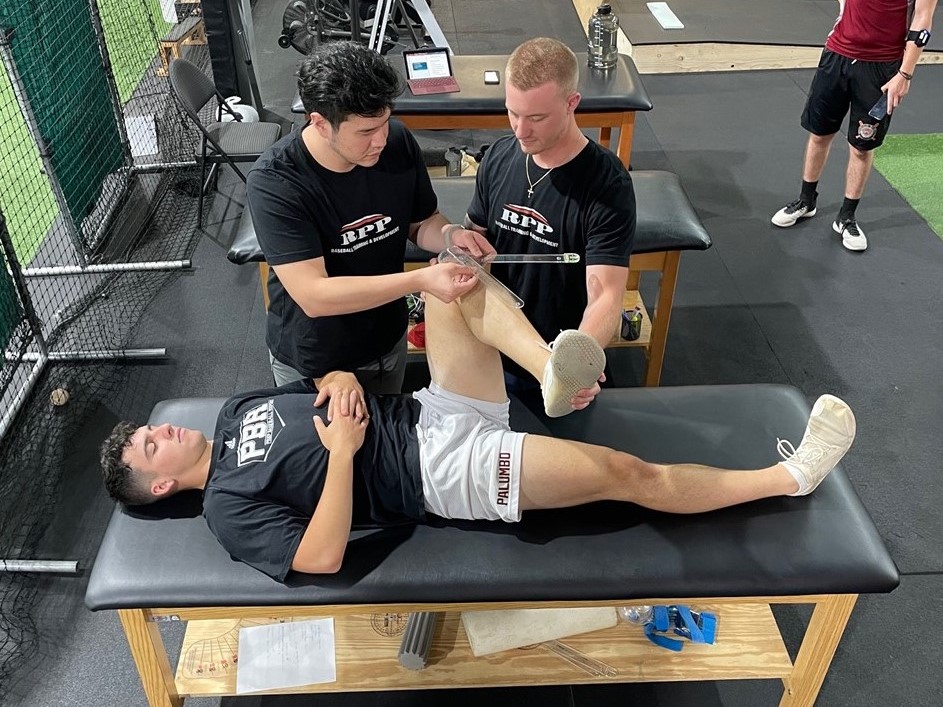
Improving arm health in pitchers is a topic which is typically viewed in reference to the arm itself rather than all the other parts of the body. This way of thinking can potentially lead to arm health issues. When assessing the lower half of a pitcher’s mechanics, often hip mobility issues surface and should be addressed. The purpose of this article is to help provide insight on how we initially assess hip mobility; common issues associated with a lack of hip mobility and ways to improve hip mobility issues. Understanding that fixing poor hip mobility is not an overnight fix is critical in helping the expectations of the progress that can be made if an athlete is consistent in their training. Continue reading “How Can Poor Hip Mobility Impact Arm Health?”
Off-season Hitting Program – Frequently Asked Questions
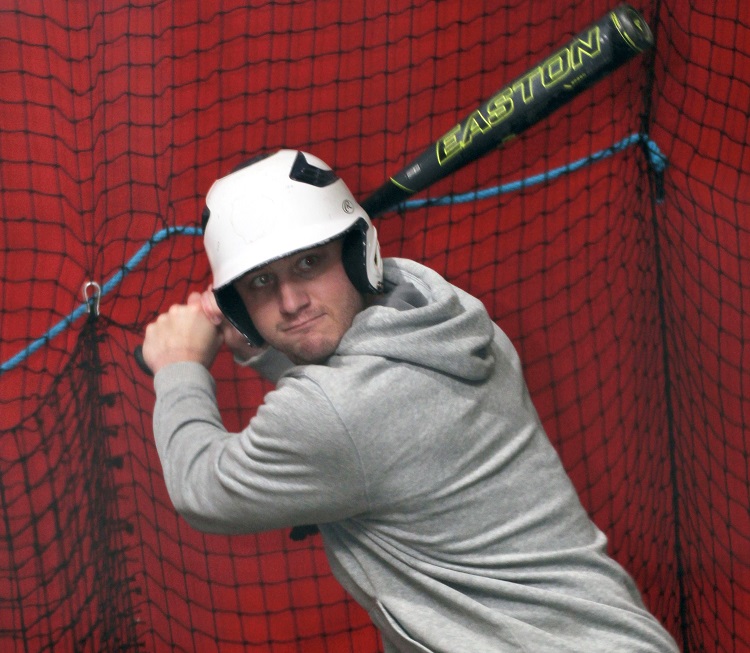
The following is a list of “frequently asked questions” that we often receive on our off-season hitting program. Hope it’s helpful, but please feel free to reach the front desk at 201-308-3363 with any additional inquiries at any time or set up a visit where we can give you an on-site tour and review the programming.
Hitting Program Q&A
Q: Will my bat speed and exit velo improve? Continue reading “Off-season Hitting Program – Frequently Asked Questions”
Off-season Pitching Program – Frequently Asked Questions
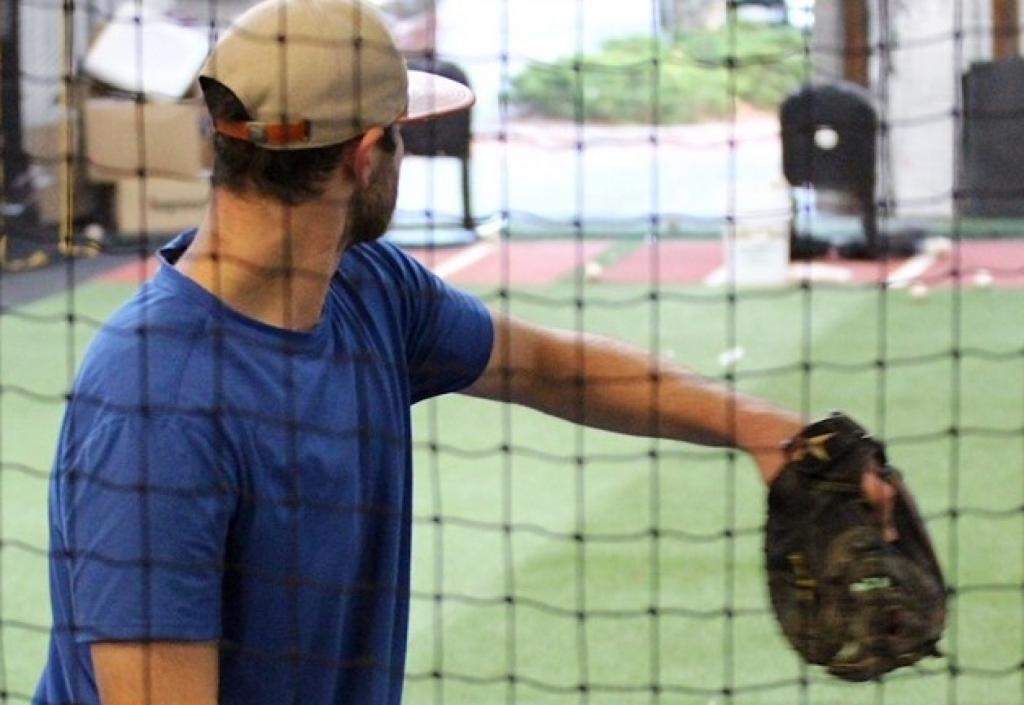
The following is a list of “frequently asked questions” we receive on our off-season pitching program. Hope it’s helpful, but please feel free to reach the front desk at 201-308-3363 with any additional inquiries at any time or set up a visit where we can give you an on-site tour and review the programming.
Pitching Program Q&A
Q: Is your winter pitching program also a velo program? Continue reading “Off-season Pitching Program — Frequently Asked Questions”
How to Address an Excessive Attack Angle

Attack angle is a valuable metric that indicates the trajectory of the hitter’s barrel path as it impacts the baseball. At RPP, rather than striving for a specific number, we like to see our hitters achieve an optimal attack angle range that will maximize their opportunity to make flush contact with the incoming pitch; the ideal range is between 5-15 degrees. There can be several contributors to an excessive attack angle. When the attack angle is too high (swinging too uphill), we first want to figure out what is causing it and then determine a plan of action to improve it. The following disconnects could potentially lead to an excessive attack angle: Continue reading “How to Address an Excessive Attack Angle”
How to Generate More Power and Velocity with Proteus

To be a more efficient baseball player, it’s important that you have both high amounts of force (power) and acceleration in your throw or in the box. For a pitcher, it can be a deal breaker in terms of college recruiting or ultimately being an MLB prospect. As far as hitters go, having a faster, more powerful swing allows the hitter more time to make better decisions at the plate. While going from 80 to 85 mph may only require more absolute strength, once we get into more elite velocities, max strength is simply not enough. This is where the Proteus machine shines. Continue reading “How to Generate More Power and Velocity with Proteus”
How to Use Blast Motion and HitTrax Info to Improve – Part 2
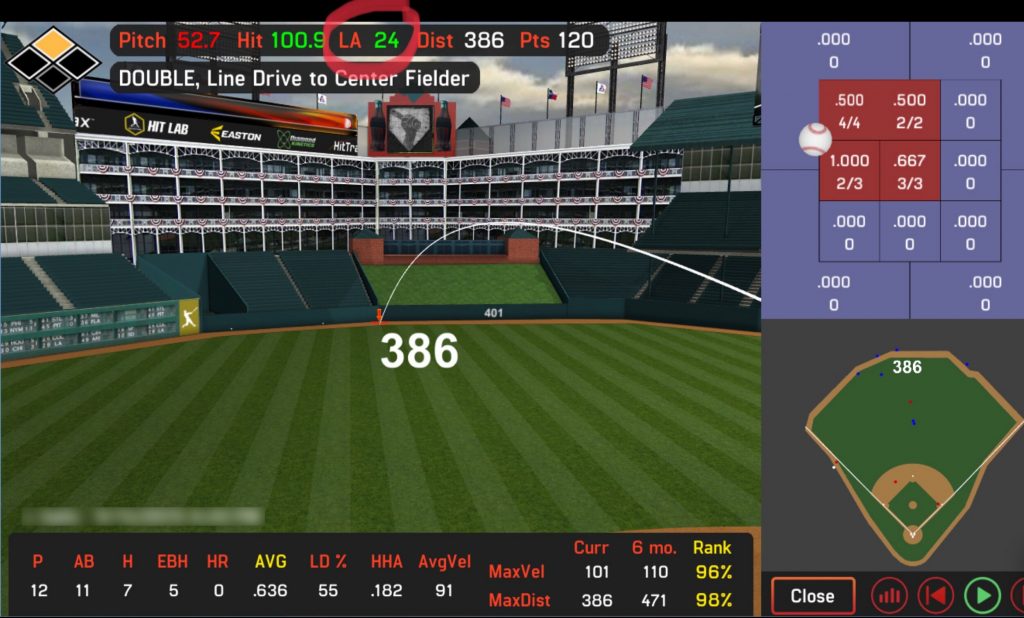
In part 2 of this series, we’re going to zero in on HitTrax results (click here for Part 1 on Blast metrics). HitTrax provides a plethora of data in a variety of formats on batted balls that can help us evaluate a hitter’s performance at the plate, including spray charts, depth of contact and strike zone information. Given the amount of variability in hitting a baseball, we generally like to collect information on at least 100 batted balls per hitter. Hopefully this will include incoming pitches throughout the zone with different pitch descent angles to replicate as many different situations as possible. Continue reading “How to Use Blast Motion and HitTrax Info to Improve – Part 2”
Top 6 Med Ball Drills for Pitchers and Players
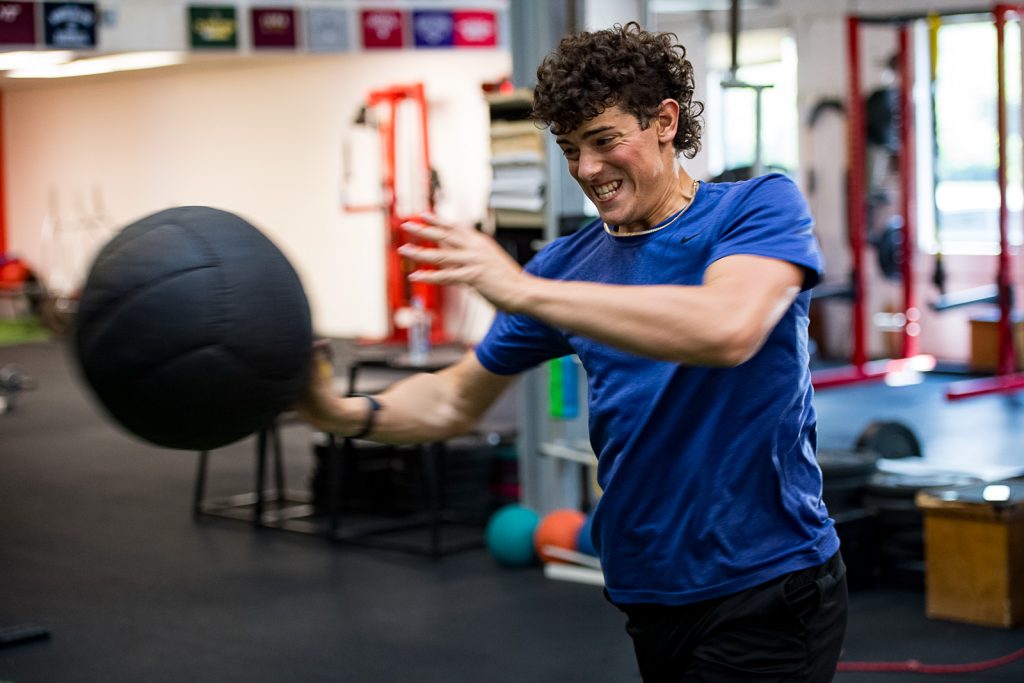
Med balls are a staple in the world of baseball strength and conditioning. This really shouldn’t be much of a surprise. Baseball is a rotational sport, so med ball work provides us with real-world transfer to the sport. It is also one of the only ways to train upper body strength-speed in the frontal plane. Baseball med ball workouts and exercises are applicable to both hitting and pitching and can be used to create more efficient movement patterns and improve sequencing. However, drills using med balls are often performed poorly, largely in part because most athletes do not possess the understanding of what they are trying to accomplish with the exercise. Continue reading “Top 6 Med Ball Drills for Pitchers and Players”


